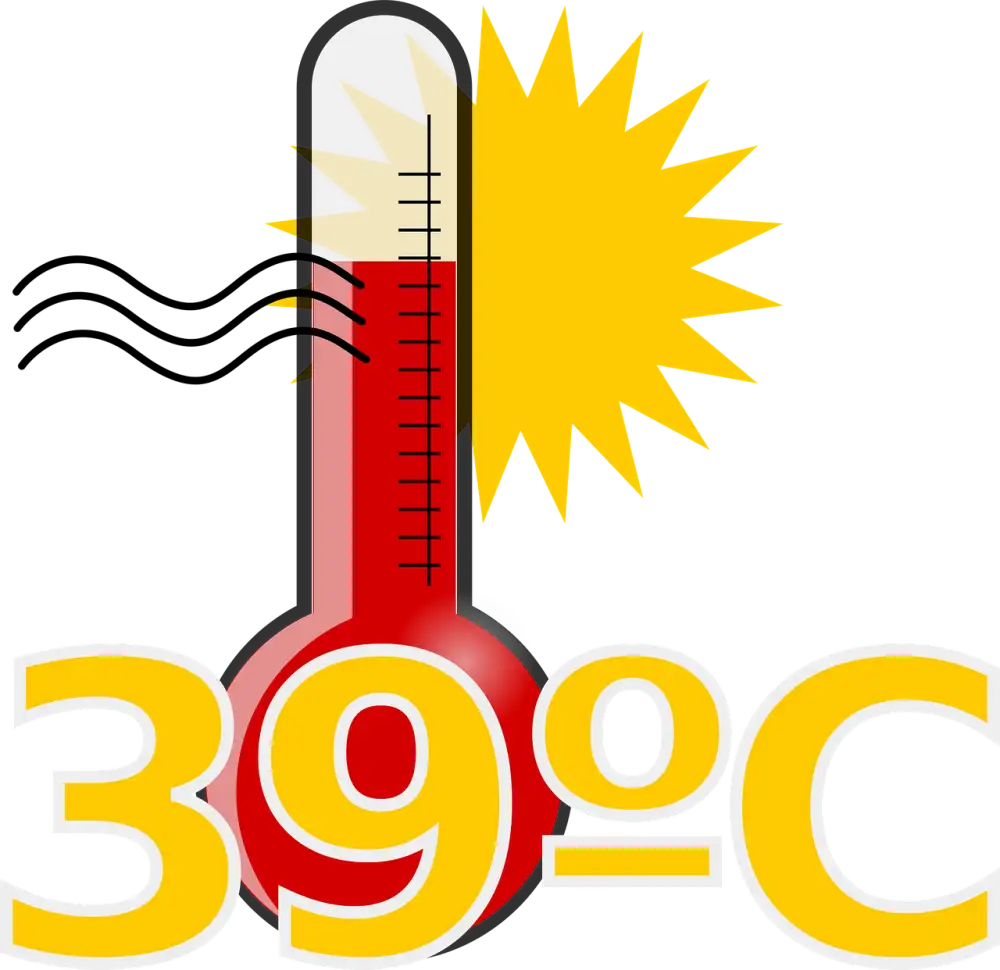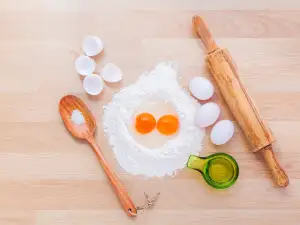Mastering Chicken Temp: Your Guide to Perfectly Cooked Chicken Every Time

Importance of Cooking Temperature for Chicken
The importance of cooking temperature for chicken cannot be overstated. Cooking chicken to the correct internal temperature is crucial in ensuring that harmful bacteria like salmonella are killed, making the meat safe to eat. Undercooking chicken can lead to foodborne illnesses, while overcooking can result in dry and tough meat. By using a food thermometer and following recommended cooking temperatures, you can enjoy delicious and safe-to-eat chicken dishes every time.
Recommended Internal Temperature for Chicken
When cooking chicken, it's crucial to ensure it reaches a safe internal temperature to kill any harmful bacteria. The recommended internal temperature for chicken is 165°F (74°C) according to the USDA. This temperature applies to all cuts of chicken, including breasts, thighs, wings, and drumsticks. Using a food thermometer is the most accurate way to check if your chicken has reached the desired temperature and is safe to eat. Remember that reaching this temperature ensures both safety and optimal taste in your dishes.
Methods to Check Chicken Doneness
1. **Use a Meat Thermometer**: The most accurate way to check if chicken is cooked properly is by using a meat thermometer. Insert the thermometer into the thickest part of the chicken, making sure it doesn't touch bone. For chicken breasts, the internal temperature should reach 165°F (74°C), while for thighs and wings, it should be 175°F (79°C).
2. **Check the Juices**: Another method is to pierce the chicken with a fork or knife. If the juices run clear and there is no pink color, it indicates that the chicken is fully cooked.
3. **Visual Inspection**: Cut into the thickest part of the chicken and check if it's opaque all the way through with no pink or raw areas. The texture should be firm but still moist.
4. **Texture Test**: Press on the chicken with tongs or a fork; if it feels firm and springs back, it's likely done. Undercooked chicken will feel soft and mushy.
By using these methods in combination, you can ensure that your chicken is cooked thoroughly and safely every time you prepare a meal.
Safety Tips for Cooking Chicken
1. Wash hands and surfaces: Always wash your hands with soap and water before and after handling raw chicken. Additionally, make sure to clean any surfaces or utensils that come into contact with raw chicken to prevent cross-contamination.
2. Thawing safely: If you need to thaw frozen chicken, do so in the refrigerator, under cold running water, or in the microwave. Avoid thawing at room temperature to prevent bacteria growth.
3. Use a meat thermometer: To ensure that chicken is cooked to a safe internal temperature, use a meat thermometer inserted into the thickest part of the meat without touching bone. Chicken should reach an internal temperature of 165°F (74°C) to kill harmful bacteria like salmonella.
4. Avoid partially cooking: Do not partially cook chicken and then finish cooking it later as this can lead to bacterial growth. Cook chicken thoroughly in one go.
5. Store leftovers properly: Refrigerate any leftover cooked chicken within two hours of cooking. When reheating, make sure it reaches an internal temperature of 165°F (74°C) to kill any bacteria that may have developed during storage.
By following these safety tips, you can ensure that your chicken dishes are not only delicious but also safe for consumption.
Adjusting Cooking Time Based on Chicken Cuts
When cooking chicken, it's essential to adjust the cooking time based on the cut you're using. Thinner cuts like chicken breasts will cook faster than thicker cuts like chicken thighs or drumsticks. Bone-in cuts generally take longer to cook than boneless ones. To ensure even cooking, consider pounding thicker cuts to an even thickness or splitting them open for more uniformity. By understanding the differences in cooking times for various chicken cuts, you can achieve perfectly cooked and juicy chicken every time.
Overcooking vs. Undercooking Chicken
Overcooking and undercooking chicken can both result in less than ideal dining experiences. Overcooked chicken becomes dry, tough, and loses its flavor, while undercooked chicken poses serious health risks due to potential bacteria like salmonella not being fully eliminated. It's crucial to find the perfect balance by cooking chicken to the recommended internal temperature without exceeding it. Using a meat thermometer is the best way to ensure your chicken is cooked just right every time.
Delicious Chicken Recipes to Try at Proper Temperatures
1. Lemon Herb Roast Chicken: Preheat the oven to 375°F (190°C) and roast a whole chicken until it reaches an internal temperature of 165°F (74°C). Baste with a mixture of lemon juice, olive oil, garlic, and herbs for a flavorful dish.
2. Grilled BBQ Chicken: Grill chicken breasts over medium-high heat until they reach an internal temperature of 165°F (74°C). Brush with your favorite BBQ sauce during the last few minutes of cooking for a smoky flavor.
3. Chicken Stir-Fry: Cook bite-sized chicken pieces in a hot skillet or wok until they reach an internal temperature of 165°F (74°C). Add vegetables, soy sauce, and ginger for a quick and tasty stir-fry.
4. Chicken Parmesan: Bread chicken cutlets and fry them until golden brown. Place in a baking dish, top with marinara sauce and mozzarella cheese, then bake at 350°F (177°C) until the cheese is melted and bubbly.
Remember to always use a meat thermometer to ensure your chicken is cooked to the proper temperature for safe consumption and optimal flavor. Enjoy these recipes knowing your chicken is perfectly cooked!
Published: 28. 03. 2024
Category: Recipes



